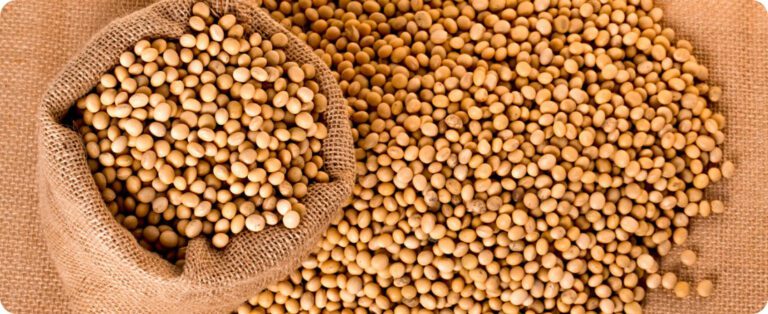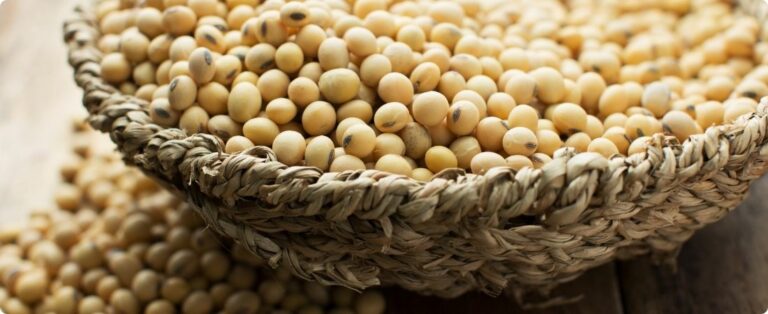Cotton exports from Brazil, the second global exporter of the fiber after the USA, have the potential to reach around 2 million tons in the period from July 2020 to June 2021, which would repeat the record expected for 2019/20, estimated the director of the National Association of Cotton Exporters (Anea), Miguel Faus.
The projection already takes into account the impacts of the coronavirus pandemic, which started in China but should not affect business when cotton from the new harvest is ready to be exported. The Asian country, Brazil's main buyer, demands more than 30% of national exports.
In the export commercial year ending in June 2020, shipments from Brazil are expected to grow by around 50% compared to the previous season (2018/19), with an increase in the harvest and the Chinese buying more from Brazil, a reflection of the trade war with the United States.
Optimism with volumes remains, despite the tumultuous economic environment caused by the coronavirus, because the manager expects that, during the new harvest period – starting in July –, the impacts of the coronavirus on business would be lower.
With a reduction in the number of cases in China, congestion at Chinese ports is already easing, with workers returning to work.
Faus, also an executive at US-based trading firm Omnicotton, said that Brazil's cotton exports, which registered a monthly record of more than 300,000 tons in January, are slowing down at the moment, but due to the fact that most of them are contracted of the last harvest has already been shipped.
“In the specific case of cotton, as the majority (of the last harvest) has already been exported, we will continue shipping, but in smaller volumes. There is no effect (of the coronavirus) on shipments,” he told Reuters.
“And, by the time the new harvest picks up volume, I hope that the main problems have already been resolved in relation to the virus”, added Faus, in reference to the export cycle whose harvest begins at the beginning of the second half of the year.
Brazil recently finished planting the largest area of cotton in history. The expectation is that production will grow by 2.7%, to 2.85 million tons of fiber, according to figures from the National Supply Company (Conab).
VOLATILITY
Confidence in exports in the new harvest comes at a time when producers have already sold around 60% of future harvest, said Faus, with the exchange rate boosting sales despite downward pressure from international prices.
However, high volatility in the markets hinders business, he highlighted.
“The price of oil has fallen a lot, if this continues it will have an effect on the prices of synthetic fibers, cotton’s main competitor,” he said.
The executive explained that most inputs are dollarized and that, therefore, the exchange rate will mainly help producers who have already closed their costs.
In the long term, expectations are good for the cotton sector, reinforced Faus, remembering that the national producers association, Abrapa, has a target for the country to produce 4 million tons per harvest by 2030, which could allow annual exports of around 3 million tons.
“If Brazil achieves this production, it will be at a very similar export level to the USA”, he highlighted, targeting the North American leadership.
Source: Agricultural News















